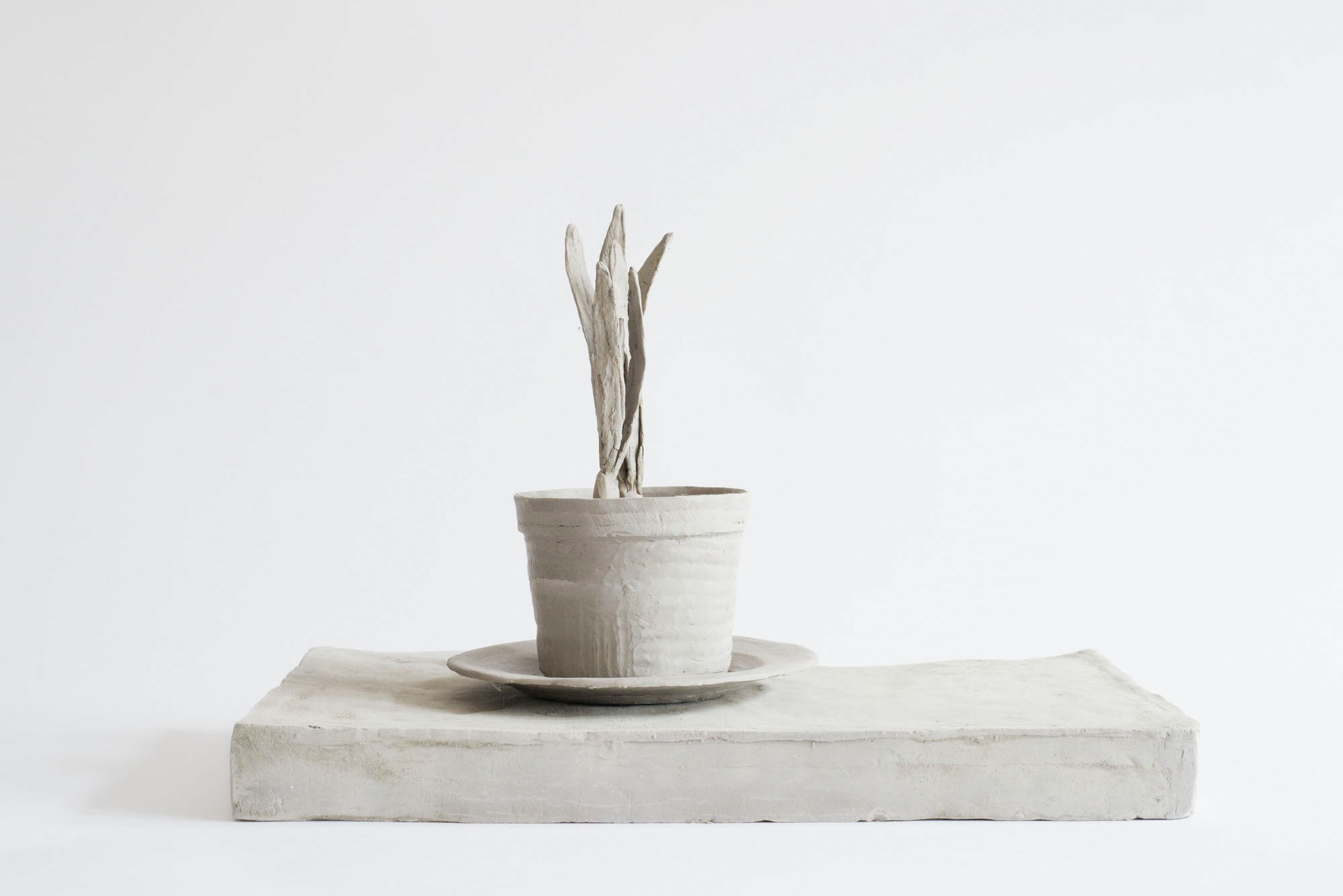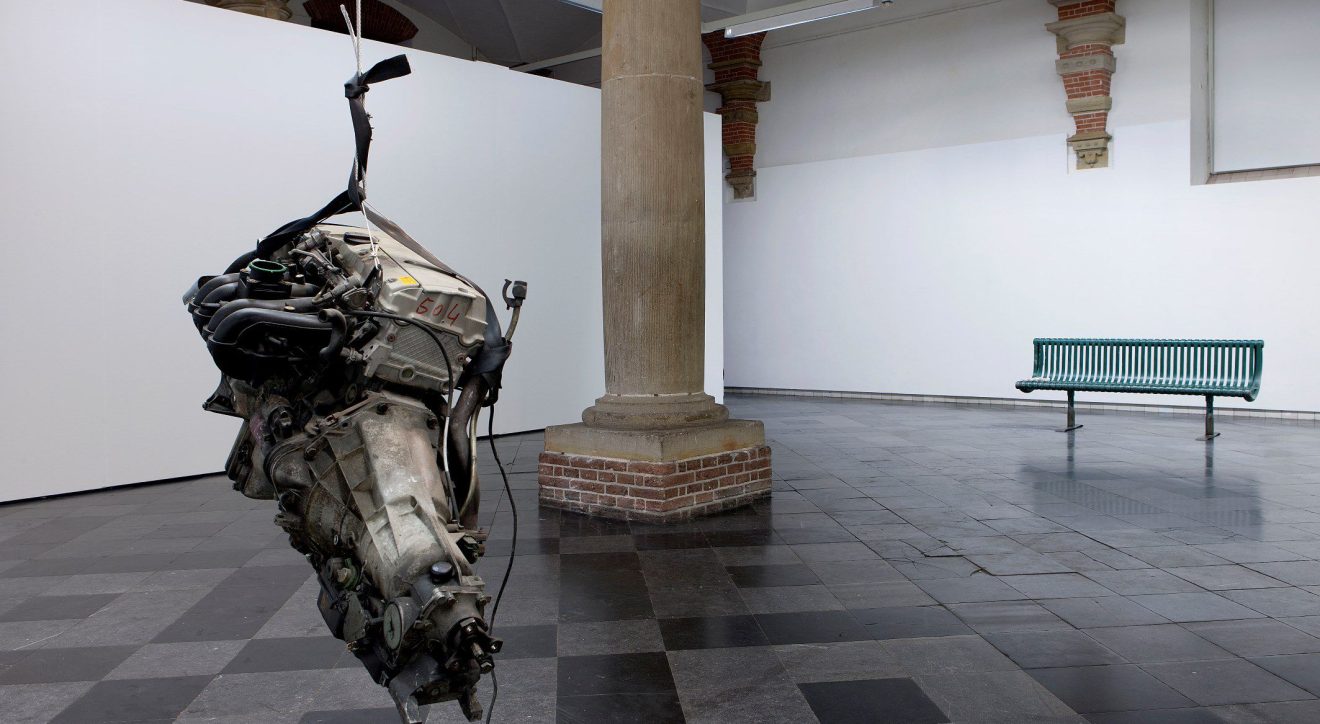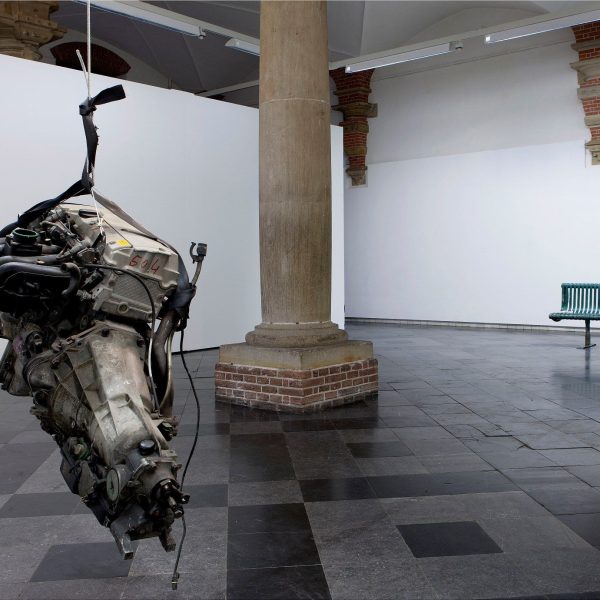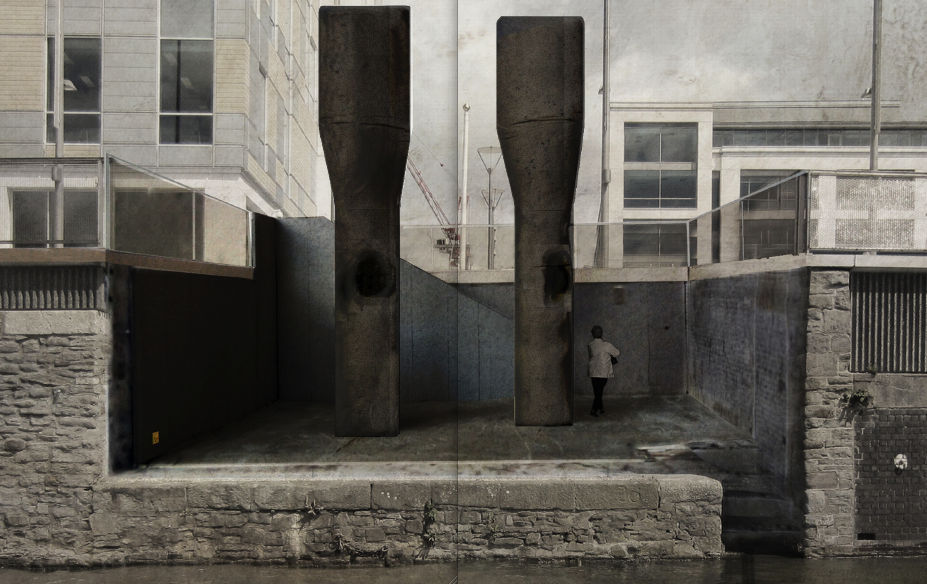
Synopsis
During 2014/15 Ashton Gate Primary School will undergo a major expansion with the addition of a new site for its junior age pupils being converted from a nearby former tobacco warehouse.
Roger Hiorn’s new artwork for Ashton Gate Primary will act as a bridge between the two separate school sites, highlighting the split site model the school will adopt after its expansion and the passage of the children from one site to the other when they move from Early Years schooling at the school’s current site to Junior years at the new site.
The project is part of Bristol City Council’s Primary/Bristol series of artist commissions for primary schools commissioned as part of the Primary Capital Education Programme.
Roger Hiorns’ practice circulates around ideas of what might be considered ‘living’ or ‘dead’ material and the way in which such ideas can transform commonplace objects into mysterious new presences, giving them new functions and new meanings.
Hiorns works are often made by using processes which allow him to have little or no influence on the end result – the uncontrollable shapes generated by foam being pumped from inside a cylinder, how copper sulphate crystals might grow on an object, the unexpected colour and form created by grinding a jet engine into a pile of fine dust.
Commissioned by Foreground as part of Bristol City Council’s Primary Capital Programme series of artist commissions for Primary schools, Roger Hiorns will be making a series of new works for Ashton Gate Primary School in 2016.
Working with the school to investigate its history, customs and artifacts, Roger Hiorns’ new artworks will act as a bridge between the schools two separate school sites, highlighting the passage of the children from one site to the other when they move from Early Years schooling at the school’s current site to Junior years at the new site, and again when the pupils leave the school to move on to secondary education.
The work is due to be completed by Summer 2017.
This project has been made possible through funding from Bristol City Council as part of the Primary Capital Education Programme.
Roger Hiorns (1975, Birmingham) makes sculptures that investigate material and form in the broadest sense. He became known for his uncompromising installation ‘Seizure’ in 2008, where he filled a London apartment, ready for demolition, with a copper sulphate solution, which through chemical process resulted in an interior being fully covered with gleaming blue crystal formations. The visitors could do nothing but destroy the crystals on the floor by walking over them.
Hiorns works often seem to refer to nothing but themselves: to the material of which they consist, to the form they have and to the tension that occurs between them. Hiorns has said of his work: ‘The works are successful if they are self-contained and need nothing else. They exist by their own language.’. A characteristic for Hiorns’ working method is the combination of two basic elements, which are simultaneously opposite and supplementing each other: ceramic pots with moving foam, metal with fire, a car engine with growing crystals, steel with perfume, even glass fibre with brain matter. The relation between the movable and the immovable, the living and the dead, yields an undeniable tension in his work and Hiorns has becoming increasingly interested in including live performers in his work in recent years.
Roger Hiorns studied at Goldsmiths College in London. Hiorns has gone on to develop an internationally celebrate practice and has had solo exhibitions at numerous significant institutions including the Aspen Art Museum in Colorado, The Art Institute of Chicago,Tate Modern, Tate Britain, the Camden Arts Centre in London and the UCLA Hammer Museum in Los Angeles. In 2009 he was nominated for the Turner Prize with his installation ‘Seizure’, commissioned by Artangel. In late 2014, Roger Hiorns’ first permanent public work in the UK will be unveiled. Free Tank is the final element in the Temple Quay waterfront in Bristol and is one of his largest scale works to date.
Based in Frome, Somerset, Foreground brings new art to new audiences across the South West of England. We deliver an ambitious program that spans commissioning new temporary and permanent artworks in the diverse social and physical structures of communities, consultancy and development projects that explore the connectivity between the critical, social and economic aspects of contemporary art.


